
 Instagram
Instagram
What Is 4c Hair?

Related products
The curly hair movement has taken over in recent years. Girls with dark brown hair in gorgeous curls can be found everywhere. While we love seeing people embrace their natural hair texture, one group of ladies appears to be missing out: women with 4C hair.
Despite the incredibly positive curly hair movement designed to encourage women of all curly hair types and textures to embrace their hair, there appears to be a lack of information about caring for and styling 4C hair. So, here's everything you need to know about 4c hair.
What Exactly Does 4C Hair Type Mean?
The most distinguishing feature of 4C hair is the lack of a single curl hair pattern. Women with 4C hair have a mixture of coils, waves, loose curls, and dodges in their strands. Nevertheless, most women with 4C hair have one thing in common: their strands are usually in desperate need of moisture.
Because the natural oils from the scalp have a difficult time reaching the whole hair strand due to the uneven pattern down the strand, 4C hair is typically dry and brittle to the touch. As you might expect, it requires more upkeep than other curl types.
It is the weakest because of its natural dryness. It naturally tangles, resulting in single-strand knots, necessitating more frequent trimming and additional treatments, including moisture and strength boosters. Despite the fact that 4C hair necessitates more maintenance, there are several advantages to being born with this hair strand texture. Some advantages include styling versatility and style longevity. This definite curl pattern can be manipulated to look like any of the other curl hair types.
How Does 4C Hair Look?
The spiral 4C hair texture may appear miniature. Depending on whether somebody else chooses to define or fluff their coils, you may notice ribbon curls on defined hair strands or a general fluffy appearance on separated or air-dried hair.
The curl pattern, like other natural hair textures (typically types 3 and 4), is more easily identified on wet hair than when permitted to dry naturally when the curls have separated. Because of shrinkage, 4C hair length can be deceiving.
However, 4C heads, like other curlies, can straighten their hair—as long as they employ a good heat protectant to prevent heat damage, which can change their curls. It's also worth noting that having multiple curl patterns on your head isn't uncommon. So, if your overall natural hair type is 4C, but you have parts of 4B hair, that's perfectly normal. If you're worried about uneven results, learning how to style your hair strands properly to achieve a more uniform hair texture can help.
4C Hair Care Tips
Buy Hair Care products online here.
Hair care is very personal, as any natural head will tell you. While general tips or suggestions are always beneficial in assisting you on your natural hair journey, preferred methods and product selections will be determined by your experiences. Some people will have different levels of success with the same products or habits.
Be ready for a learning curve if you're just starting out with natural after years of relaxing. This is particularly true if you keep refusing to big chop (cut off all of your relaxed hair) and instead choose to delay your transition by first growing out your natural hair to the desired length. Extended transitioners must be cautious of breakage at the point where your natural and relaxed hair meets. However, the following suggestions are excellent starting points for your hair journey:
-
Be Gentle
4C hair is the most delicate of all hair types. Detangling your hair when it is dry can lead to breakage. Don't be unduly rough with your hair. For the most gentle approach, invest in a good wide-tooth comb or finger detangle.
-
Hydrate Your Hair
Moisture is essential for curly hair. Curly hair, unlike Type 1 and 2 hair, frequently suffers from dryness since natural oils produced by the scalp do not travel down the entire length of the hair shaft. When type 4 hair is correctly moisturized, it thrives. When you quench your hair's thirst, you'll find it easier to create styles and get those coils popping. Consider hydrating your hair with an aloe vera juice and water mix in a spray bottle. Choose organic, unflavored aloe vera for the best results.
-
Always Check Your Diet
While a good topical moisturizer is important, don't forget to hydrate from within. Increase your water consumption by integrating more water into your daily routine. A healthy diet rich in dark green vegetables is an excellent way to promote hair growth. These vegetables are high in iron, vitamins, and folic acid, which make your hair more resistant to split ends.
-
Don't Delay Getting Your Coily Hair Cut Or Trimmed
Anyone with a head of hair wishes for length retention and growth. However, many naturals mistakenly believe that cutting their hair will set them back on their growth journey. When you have 4C hair type, shrinkage should never prevent you from getting a haircut. If you want to keep your length, you must maintain your ends. Always prioritize health over length.
-
Embrace Protective Styles
Protective styles are an excellent way to relieve your hair of constant manipulation, especially when the cold weather arrives. However, whether you wear braids, wigs, or weaves, you must still take care of your hair. Along with keeping your hair clean while wearing a protective style, be mindful of how much tension is placed on your hair to achieve the desired look.
While protective styles can help you retain length by allowing your hair to rest, this will be ineffective if extreme tension causes traction alopecia. Allowing a braider to create tighter braids to make your style last longer is tempting, but don't do it. Remember to remove protective styles within four to eight weeks of having them installed, with a four-week break before replacing them.
-
Check Your Hair Porosity
While finding the right hair products may require some trial and error, you can remove some of the guesswork by determining your hair porosity. This simply refers to the ease with which your hair retains all the moisture. Even though curly hair is normally prone to drying, your hair's porosity level may indicate that you struggle to retain moisture more than usual, indicating that you must focus more on humectants.
There are three levels of porosity: high, medium, and low. With fully open cuticles, high porosity hair enables moisture to quickly slip out of the hair shaft. Medium porosity hair has cuticles that are regularly aligned and retains moisture well. In the meantime, low porosity hair has tightly aligned cuticles, making moisture penetration more difficult. If you're unsure about your porosity, this quick one-minute test can help.
Take Away
Regardless of your hair type, there are certain things that everyone must do in order to take good care of their hair, such as moisturizing, cleansing, and protecting it. Understanding your hair type, on the other hand, is critical because each hair type is distinct and may necessitate products and hair care routines that are best suited to the hair type.
If you have 4C hair, for example, using products designed for straight hair will ruin it. This is because most shampoos and deep conditioners for straight hair are intended to treat oiliness, and applying such a product on 4C hair will only cause further drying.
Do you want to learn more about hair care? Read our article on curly hair products or the 11 ways you may be damaging your hair.
Related Services
- Hair loss treatment
- Finasteride
- Female hair loss blood test
- Alpecin Shampoo
- Regaine
- Regaine for women
- Regain foam for men
Related articles
- What vitamins support hair growth?
- Cures for itchy scalp and hair loss
- Can stress cause hair loss?
- Can masturbation cause hair loss?
- Can creatine cause hair loss?
- Best female hair loss treatments?
- The most common causes of hair loss
- How to cope with postpartum hair loss?
- How does DHT cause hair loss?
- Cures for itchy scalp and hair loss
- What vitamin deficiency causes hair loss?
- Can wearing a hat cause hair loss?
- Dutasteride vs Finasteride: What's Best for Hair Loss?
- Relationship between diet and hair loss
- Top 7 Hair loss treatments
- What happens if you stop taking finasteride?
- Does stress cause hair loss?
- Why do men go bald?
- Guide to hair thinning
- Hair thinning at the front - what are the options?
- 11 Ways you may be damaging your hair
- What is non-surgical hair replacement?
- Hair growth explained
- Why does hair fall out in clumps?
- 5 Signs of hair thinning
- How many hairs should you lose per day?
- Do I have a receding hairline?
- How to spot a balding crown
- Early signs of balding and how to stop it
- Regaine vs rogaine - what's the difference?
- How long does minoxidil take to work?
- What are DHT blocking shampoos?
- How to get rid of split ends

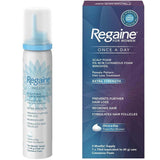



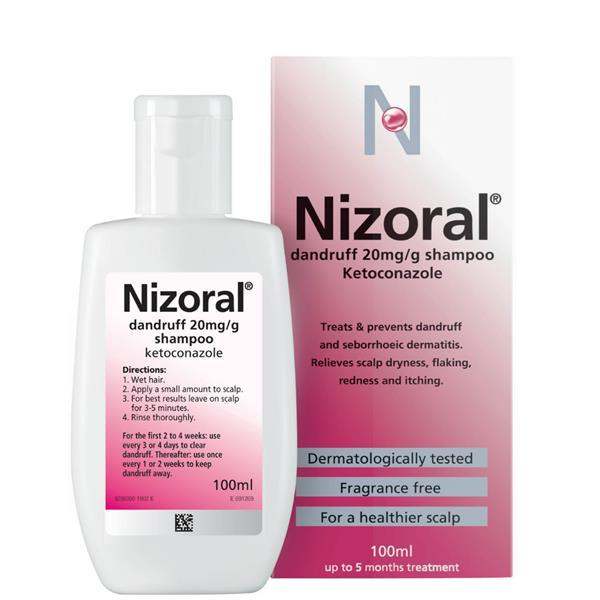
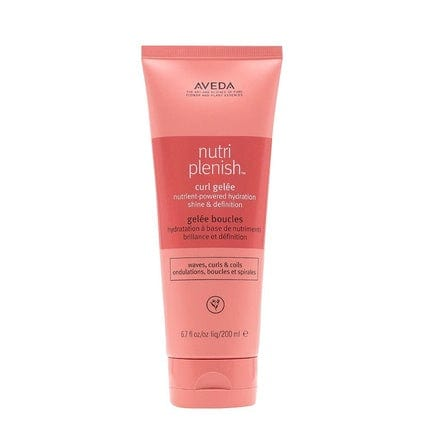

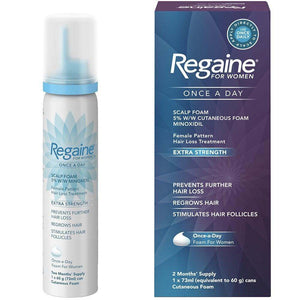





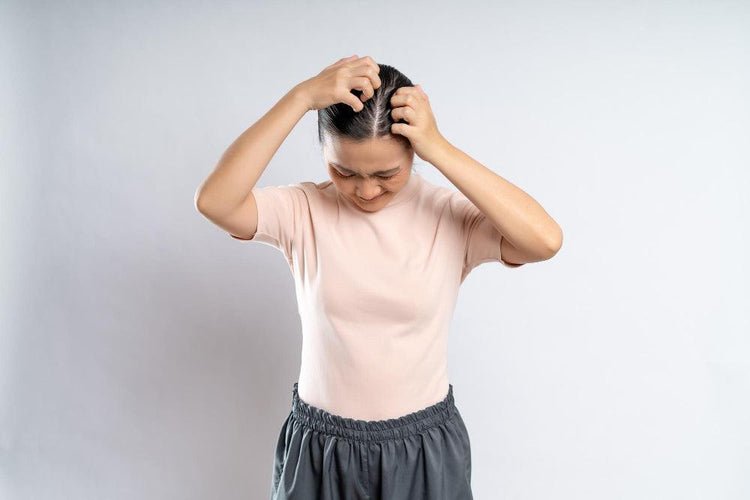
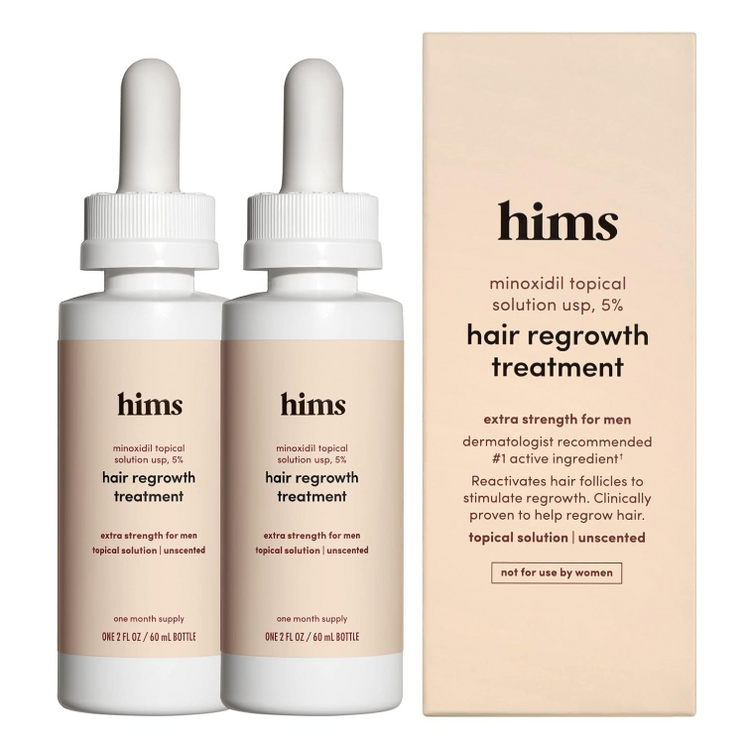


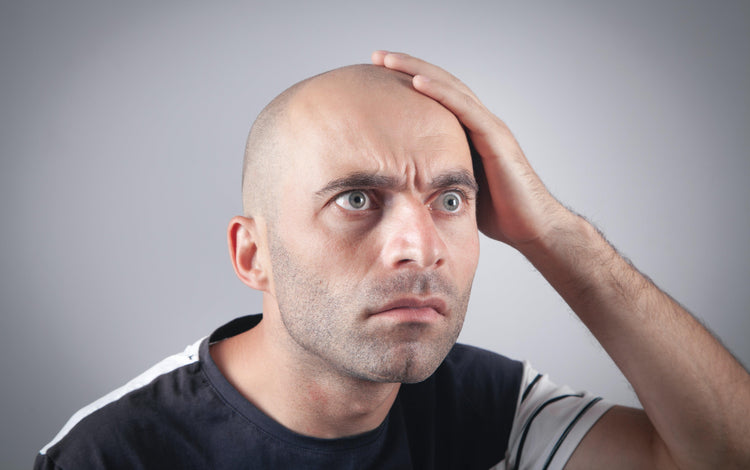



 Rated Excellent by 26,523+ Reviews
Rated Excellent by 26,523+ Reviews